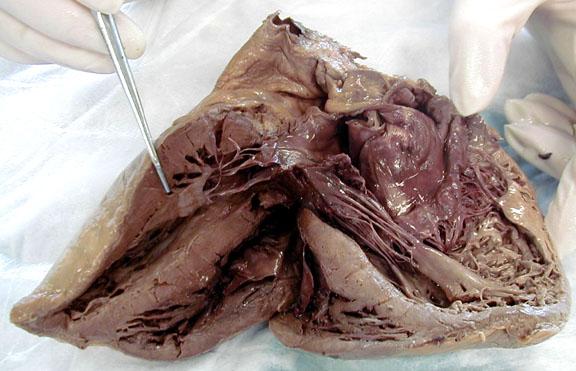Over the last few months we have seen several breaking 3D printing stories related to the human heart. As 3D bioprinting technologies advance we are seeing more and more applications for it within the cardiac field of medicine.
The scientists used a more durable hydrogel they created call MeTro gel. MeTro gel, which is made up of a protein called tropoelastin, found in all elastic human tissue, is much more durable than typical hydrogels which are frequently used in bioprinting. This gives it the ability to extend to 4 times it’s length without breaking. Scientists can grow heart cells on this gel, and the cells are able to maintain all the properties they should possess, including elasticity. What they did was use a 3D printer to etch the MeTro gel so that all the heart cells align perfectly. From there they were able to grow a layer of human heart tissue that could beat on its own.
The next area that this technology is head, may be its enabling of doctors to patch the human heart with live beating cells. This could one day replace the need for many heart transplants.
Khademhosseini said:
“A further goal is not only to make tissues that are strong and stretchy, but to modify them further to have additional properties, such as making them like stem cells that receive information from other cells to learn how to differentiate themselves.”
Annabi added,
“It might even be possible to grow new brain cells, something to which I can already hear many a college student give a hearty “hooray!”
Where ever this technology is headed, this is certainly a big step for the field of regenerative medicine. Discuss this research at 3D Print Board. Ali Khademhosseini, explains the technology in the video below.
